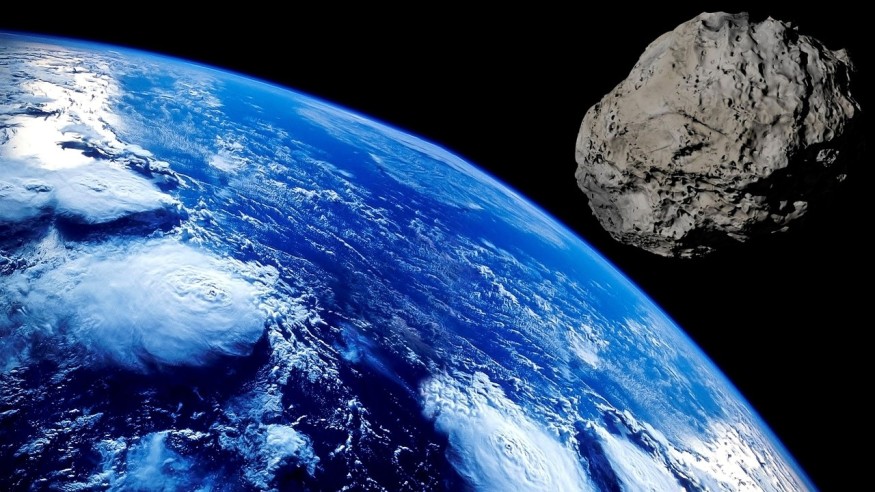By this point, the newly-discovered asteroid the size of a house has most likely flown past Earth already. Depending on the location, as Space.com reported, the near-Earth asteroid 2023 EY flew by the planet late Thursday night, March 16, or early Friday morning, March 17, at a distance of only 240,000 kilometers (149,000 miles).
That is just 62% or a little less than two-thirds of the distance between the Earth and the Moon. It may appear to be too near, but space is too vast and the planet is not threatened by a speck like an asteroid 2023 EY.

Close Encounter With Newly Discovered Asteroid
NASA said that the asteroid is set to reach its minimum distance from Earth at around 11:35 UTC ( 7 am ET) on Friday. Due to the asteroid's near approach to Earth, bigger ground-based telescopes should have little trouble resolving it as it zooms by the globe.
The Virtual Telescope Project, which is based in Rome, Italy, broadcast a free webcast of the asteroid passing by starting at 8:00 p.m. ET (12 am UTC) on Thursday.
The asteroid's diameter is estimated to be between 13 and 29 meters (43 and 95 ft). This places it in the same size range as the Chelyabinsk meteor, which measured 17 to 20 meters in diameter.
On the morning of February 15, 2013, the Chelyabinsk meteor was witnessed streaking across the sky. It impacted the Earth's atmosphere at great speed and at a shallow angle, causing a shock wave that destroyed windows in six Russian cities and sent 1,500 people to the hospital, largely for injuries caused by flying glass.
The newly discovered near-Earth asteroid 2023 EY will sweep closely, but safely, past Earth tonight. At its closest, it'll be within about 149,000 miles (239,000 km) of Earth. That's about 62% of the moon's average distance.https://t.co/fFwFEdYAj0
— EarthSky (@earthskyscience) March 16, 2023
📸 Virtual Telescope. pic.twitter.com/sMXEmghaG2
As per Earthsky.org, the ATLAS asteroid impact early warning system found asteroid 2023 EY on March 13 this year. The asteroid is just one out of 14 space rocks known so far that has come within 1 lunar distance of Earth.
The system was developed by the University of Hawaii and funded by NASA and consists of four telescopes of which two are in Hawaii, one in Chile, and one in South Africa. ATLAS automatically scans the whole sky several times every night to look for moving objects in space.
What Are Apollo Asteroids?
The near-Earth object 2023 EY is classed as an Apollo asteroid, the Space Academy reported. With 17,540 Apollo asteroids as of February 2023, this is the largest collection of NEOs scientists presently knows of.
The Apollo asteroids are named after 1862 Apollo, an asteroid discovered in the 1930s by German astronomer Karl Reinmuth. They all have greater orbits around the Sun than Earth, although their trajectories intersect.
Approximately 2,000 of the Apollo asteroids have been recognized as potentially dangerous asteroids, which implies they are larger than 150 meters in size and might pass within 7.5 million kilometers (4.6 million miles) of Earth.
Despite the fact that 2023 EY is not in this size range, it is nevertheless included on NASA's Asteroid Watch Dashboard owing to its close approach. Nonetheless, experts said not to worry about this asteroid even as it approaches Earth close enough to be easily seen by the naked eye.
RELATED ARTICLE: Asteroid Lights Up the Night Sky Above the English Channel: When Should People Worry About Space Rocks Hitting Earth?
Check out more news and information on Space in Science Times.
© 2026 ScienceTimes.com All rights reserved. Do not reproduce without permission. The window to the world of Science Times.












